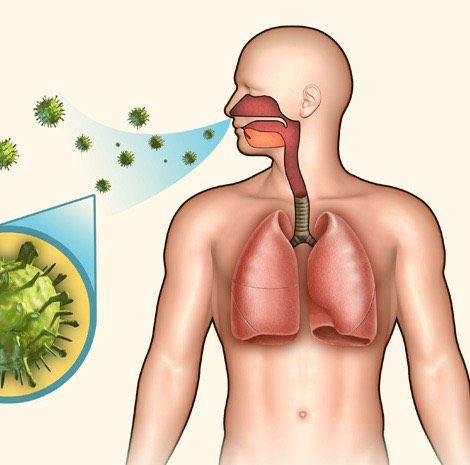Valley Fever is an infection caused by the fungus coccidioidomycosis scientifically known as coccidioidomycosis. It attaches to an individual’s lungs leading to severe coughing and difficulty in breathing. It poses a greater risk to children, elderly people, or persons with weak immune systems due to their vulnerability levels where they cannot fight it effectively as compared to others who are healthy against it.
Causes and Transmission
Valley fever is a disease that occurs when fungal spores are inhaled from the soil. These spores are usually present in arid environments characterized by dust. They become airborne when the soil is disturbed or during processes such as land cultivation, building, or wind. When inhaled, these molds can attach themselves to the lungs, and this causes infection.
Symptoms
Valley Fever’s effects are different in different people, they may be mild on the one hand but severe in others.
l A slight fatigue, a cough, fever, shortness of breath, hurried headache, and night sweats may often be used to describe the symptoms associated with this disease and others with valley fever hence causing confusion for doctors trying to diagnose the right case among these cases.
l It can be more dangerous for people with weak immune systems e.g. in cases of such diseases or conditions as HIV/AIDS, organ transplant, or corticosteroid intake.
l In its extreme forms, this sickness may spread from one part of the body (generally the lungs) to another like the brain, spinal cord, bones, and joints leading to likely fatal complications.
Diagnosis
Valley fever is difficult to diagnose because it has symptoms similar to other respiratory diseases. The disease is diagnosed by healthcare practitioners through clinical approach and tests. Therefore, they may have to perform blood tests, take chest X-rays, or even use CT scan images. They may also do blood cultures for fungus detection.
Prevention
It is unfortunate that as of now, there is no vaccine against Valley Fever. Yet, there’s something people could do to decrease their chances of catching it. One could avoid going to areas where it is common when there is too much wind or dust around, putting on safety garments whenever they are doing their job in dirty places, and also remaining indoors prior and amid dust storm.
Treatment
The type of treatment for Valley Fever depends on how serious the disease is.
l For mild cases, those which are not too much, some people may take some antifungal drugs so that this fungal infection gets cleared.
l However, other forms of therapy are required in instances where the sickness is severe involving lung infections or meningitis so that the fungus is gotten rid of. These include having patients under anti-fungal medication from an indefinite future point alongside being admitted into the hospital at times.
Valley Fever is a very serious respiratory disease due to breathing in fungi spores found in soil. Typically, it shows mild symptoms however, people who have weak immunity are more likely to suffer from these symptoms heavily if they contract it.
The infection must be diagnosed early and managed through effective treatment to prevent dangerous complications that could prove life-threatening. By learning how to spot the signs of Valley Fever, detecting it early could protect anyone affected by this hidden danger of the desert.
(The author, Dr. Gera Smitha Raj, is a Consultant Dermatologist, at Apollo Clinic in Chandanagar.)




